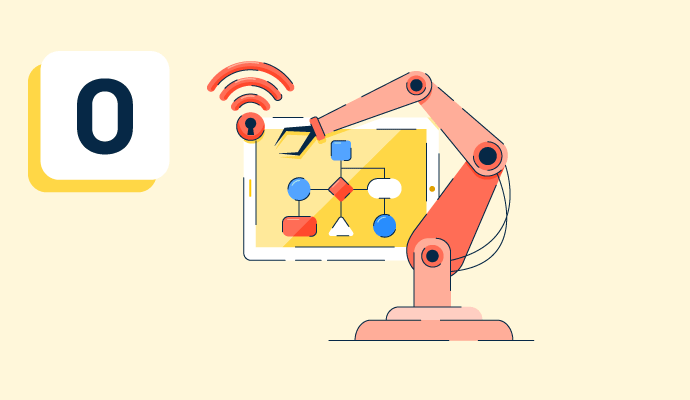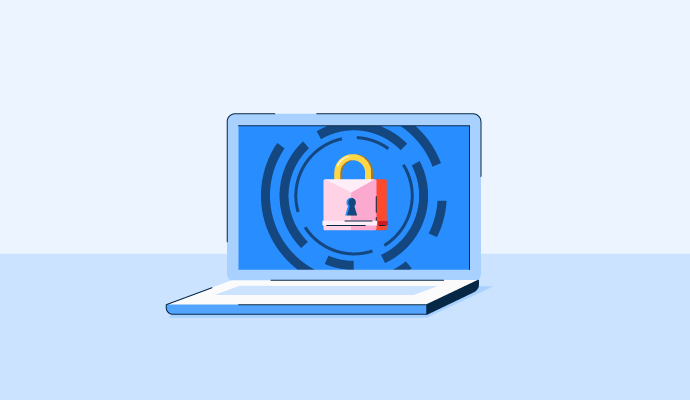What is operational technology?
Operational technology, or OT, brings together hardware and software to monitor and control physical infrastructure and devices.
OT can be used in numerous sectors across a range of tasks, such as controlling robots in manufacturing or monitoring critical infrastructure (CI) within a business. This is in contrast to information technology (IT) that primarily deals with data and digital systems.
Connecting physical items to the digital world is one of the biggest applications for OT today through the Internet of Things (IoT). Tools like smart devices use OT resources and dedicated IoT security software to join these objects to digital systems and networks around the world.
Types of operational technology
Thousands of possible applications of operational technology find use every day. Some of the main OT devices being adopted today include:
- Programmable logic controllers (PLCs). These tiny computers use basic input-output functions to operate. Their main role is to control the system’s functions using their internal logic. PLCs rely on OT technology to work correctly.
- Industrial control systems (ICS). On a broader scale, ICSs are systems that operate and, in some cases, automate industrial processes. Built using OT functions, ICSs are used in almost every industry to run various instrumentation and technical equipment.
- Human machine interfaces (HMIs). A user interface must be connected to a machine or system so humans can operate the device. Most HMIs have PLCs built into them.
-
Distributed control systems (DCS). DCSs are built using sensors and controllers to acquire and process data. The sensors then connect to a centralized hub for processing and generating actionable outputs.
Core components of operational technology
While the structure of OT changes based on the application, every piece of OT must include:
- Process. This part of the system generates the desired output. The type of OT and the specifications outlined for its operation dictate how the process actually works in reality.
- Controller. Rules and automations are assembled in the OT’s controller, which is then passed through the process to make the established specifications happen.
Benefits of operational technology
Many OT systems now work closely with IT networks and systems to create more efficient workflows and increase return on investment (ROI). The additional benefits that come with this convergence include:
- Cost savings for businesses. Businesses can lower costs by using OT and IT together to manage devices under a single network. The integrated systems often free up space and money for other resources.
- Enhanced security. By integrating OT and IT, companies fortify their cybersecurity measures by bridging the gap between physical and digital systems. This helps increase network visibility and tighten security.
- Access to additional data. OT can often generate datasets to integrate with data from IT. With both data sets, companies can establish more informed, accurate key performance indicators (KPIs) that benefit the businesses' overall revenue and performance.
Best practices for operational technology
When looking to build better OT security, teams should consider incorporating best practices such as:
- Setting up network mapping. Outlining everything connected to the network via a network map puts all technology on display and allows teams to isolate any potential problems quickly and easily.
- Reviewing for suspicious activity. Seeking out any potential exposure or attacks from malware is essential for maintaining a secure network. This is especially important for OT that has IT integrations and functions using digital technologies connected to a network. Rather than working in isolation, any OT devices connected to the internet could be exposed to malware and must be monitored continually for signals of a data breach.
- Implementing strong user authentication. Setting up multiple forms of user authentication is one of the best ways to keep data safe. Multi-factor authentication methods, like security questions or biometric logins, can keep OT systems protected from unauthorized users.
Enrich your company’s operational technology safety with IoT platforms that connect and monitor applications within your network.

Holly Landis
Holly Landis is a freelance writer for G2. She also specializes in being a digital marketing consultant, focusing in on-page SEO, copy, and content writing. She works with SMEs and creative businesses that want to be more intentional with their digital strategies and grow organically on channels they own. As a Brit now living in the USA, you'll usually find her drinking copious amounts of tea in her cherished Anne Boleyn mug while watching endless reruns of Parks and Rec.

